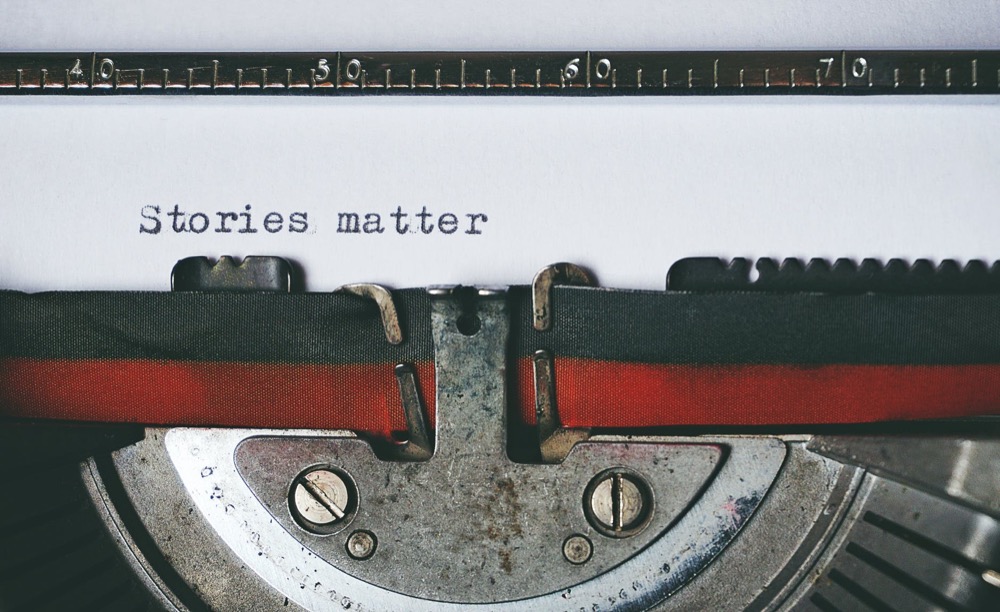Recently, LinkedIn has updated its platform to include a stories feature. It’s just like Instagram, Facebook, or Snapchat–only completely different. LinkedIn has contextualized the feature for its audience, taking cues from the platforms before it. Keep reading to find out what, I think, you need to know about the latest marketing feature on one of the largest social networks in the world.
How Should a Business Adapt to LinkedIn Stories? Is it Similar to Instagram Stories?
Businesses should recognize that being familiar with the stories feature is already a big advantage. However, the only thing that’s similar about the two is the format. The “room” is very different. It’s almost like you’re a bartender but you’ve only bartended at a dive bar in Idaho. Now you’re a bartender in a swanky, New York City, rooftop bar. You’re still bartending, but it’s different.
LinkedIn is gonna have different mentalities and different vibes. People think differently when they’re on different platforms. Consuming content on Instagram is not the same as consuming content on LinkedIn. It’s a game of context, context, context, context.
Still, be yourself, but it’s going to be more contextual and relevant to a LinkedIn, B2B, and/or business-centric audience.
It’s an audience that is looking for efficiencies in travel, or insights to marketing, or new slang and terminology.
Everyone reading this acts differently among our best friends than when we’re with people we don’t know. We act differently when we’re in a swanky neighborhood, a cool club, a sporting event, or when we’re in Vegas. I literally watch people change their vocabulary based on who is with them. I see it all the time. Contextualize your vocabulary and you’re slang when you’re on LinkedIn.
Why Do You Think Linkedin Made the Decision to Add Stories?
The same reason Instagram copied Snapchat; it’s a format. I look at stories the way I look at “feed”. Nobody asked why Instagram made a feed because Facebook and Twitter (on mobile) already established it. I think the hubbub about Instagram copying the format of Snapchat, the politics, the headlines, and the moment made it a big deal. But, stories are a feature. Every single social media app in 2022 should have a stories feature. It is clearly something we as humans have adapted to wanting. Which is ephemeral, content disappearing in and out, while having something that’s more evergreen in the feed.
What Types of Industries are the Best Fit for Linkedin Stories?
I think LinkedIn has crossed the chasm into Facebook territory, where you can literally do anything. Like if you sell puppies, or ice cream, or candles, or T-shirts, or have a club–you can have a LinkedIn presence. Same if you’re a financial advisor, a lawyer, or you’re trying to sell concrete to a B2B executive. I genuinely believe they all can play.
However, when you’re selling puppies and ice cream, you need to be thinking that you are on LinkedIn. So, say things like:
Are you working in your home office 15 hours a day?
Do you need a companion?
Here’s fluffy!
You should buy fluffy!
You know, you gotta think contextually. But I think everyone should play.
How Can Someone Maintain a Professional LinkedIn Presence While Using the Stories Feature?
I think the best way to do that is to shed the worry about being professional. The fact that’s even a question is what I think the insight is. I think you should be yourself on LinkedIn, not wear a tie and act weird.
By the way, on the record, I believe that will lead to more business, not less. Will there be a subset that eliminates you because oh this is so unacceptable? Maybe. By the way, that’s my career. I was very casual and I was crass on stage and, in the beginning, many people canceled me. But far more accepted me because they enjoyed the truth. The end. That’s what I think everyone should do in life.




